Weeds are the gardener’s greatest enemies. They grow quickly, in large quantities, feeding at the expense of others, and collaborating with pests.

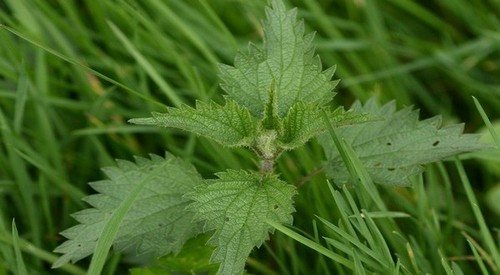
To deal with weeds, you can master folk recipes and modern agrotechnical tricks of chemical origin.
Positive aspects of exposure to chemistry:
- achieving the best results in exterminating the most persistent weeds;
- maximum coverage of the territory;
- saving time and physical resources.
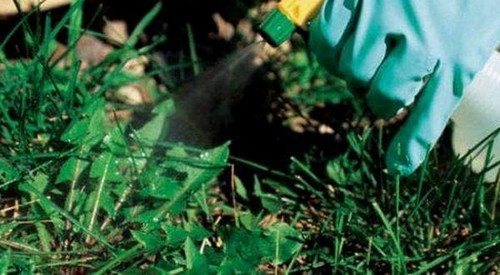
Negative aspects of chemical treatment:
- if you are careless, the protected crops may be damaged;
- there always remains the threat of a protracted struggle with the seeds, which wait for years in the ground and sprout again;
- there is a high probability of intoxication if the rules for using the products are not followed.
Do not forget that chemistry poisons bees, domestic and wild animals, and is dangerous for children playing nearby.
The black film that everyone loves on the beds and the chemical attack is effective. But, in addition to the above, there are long-tested remedies from ordinary products that destroy green “freeloaders” with no less success.
Choosing folk recipes
Salt
It's cheap and always available in the store. Using salt in solution or in its normal state, i.e. scattering 1.5 kg on the ground in 1 square meter. m., does not require professional skills. The only drawback lies in the further unsuitability of the treated soil.But for clearing paths and preparing space for artificial turf coverings, there is no better way to do it.
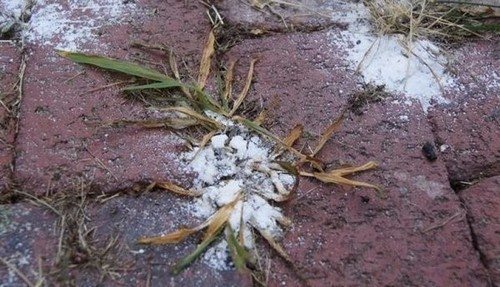
Soda
With finely grated laundry soap, the alkaline reaction of the soda solution produces a lethal effect. But, as in the case of sodium chloride, it will not be possible to grow useful crops here for some time.
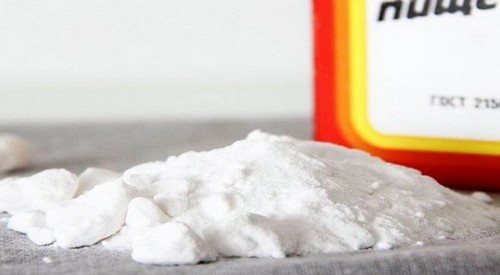
Alcohol
The method came from sunny America! The procedure is very expensive (medicinal alcohol is diluted 1:10). But the crops will not be damaged. To spray row spacing of 2.5 acres, you need 11 (!!!) liters of a composition that is valuable in Russia. But no worries for a whole year.

Reference: Americans have been fighting weeds with strong alcoholic beverages for a long time. About 30 days before sowing, US gardeners pour ethyl alcohol into the soil, which promotes lightning-fast growth of weeds. Before planting, it can be easily removed. Domestic gardeners prefer to use a liter of vodka per bucket of water.
Vinegar
To a liter of water add 2 tbsp. spoons of salt, 5 tbsp. spoons of ordinary vinegar. The flammable mixture is sprayed hot. A very reliable method.
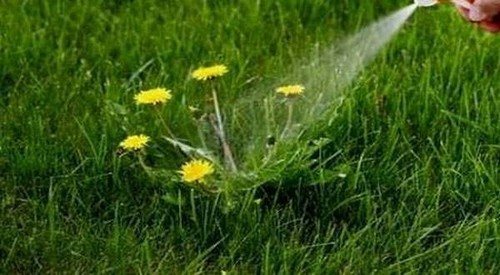
Herbicidal soap (homemade)
To a liter of vinegar (15-20% strength), add 150 g of salt (coarse), rub 100 g of laundry soap. Mix and shake thoroughly. After the first treatment, a week later, repeat the application.
Additional measures
Burning out with fire
You will need a blowtorch to sweep the weeds with a sliding flame without staying in one place for long.
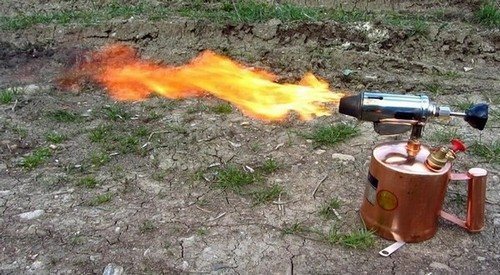
Important. Burn only until the plantings emerge, and at the end of the fire, water generously.
Scalding with boiling water
Everything is clear here. An excellent way to get rid of harmful grasses in sidewalk and road cracks, for cultivating land before sowing. There are no undesirable effects or thermal reactions. But it’s better to weed out the weeds later.
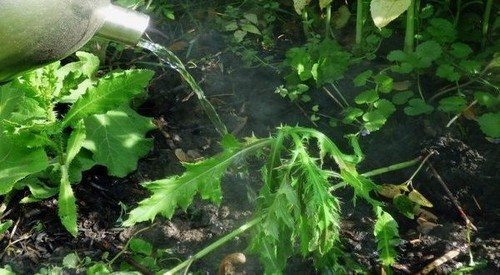
Freezing
Deep digging of the beds during frost, before the first snowfall, will destroy many weed seeds.
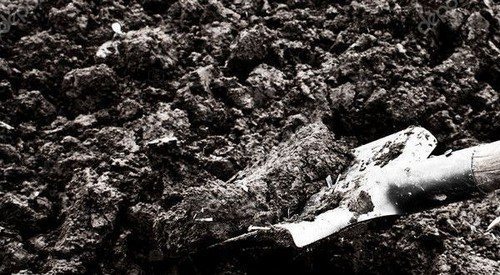
It’s good if there are no empty spaces in the garden. Sowing green manure, especially grain crops, with densely branched roots, suppresses the growth of weeds. Even ground covers will save unused territory from unwanted “guests”.
The combination of mechanical methods with chemical ones will allow you to completely defeat such monsters as sow thistle, quinoa, hogweed, wheatgrass and plantain.
Important. It is safer to completely remove the root or cut off the top than to chop the rhizome. The latter will only strengthen the weed.


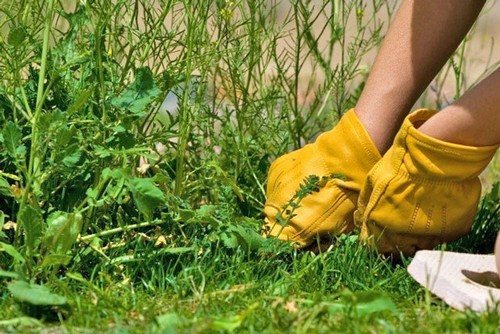

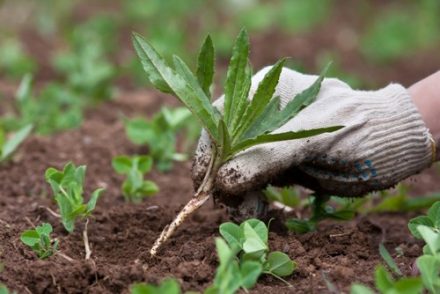
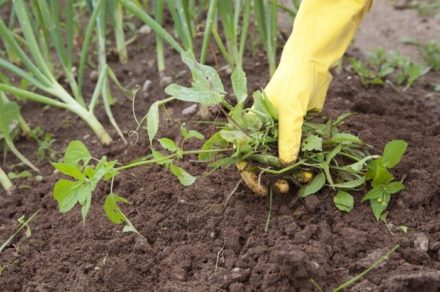

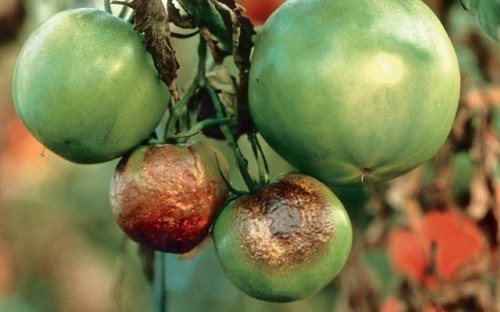
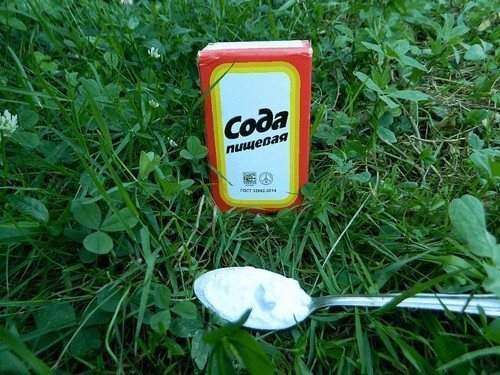


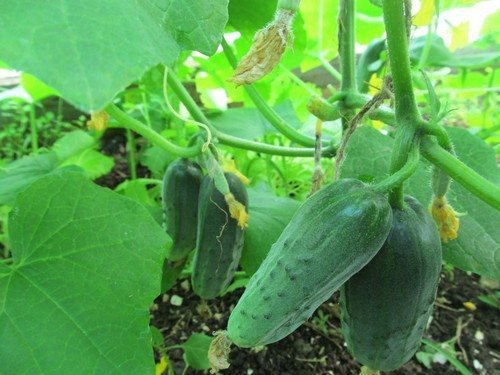
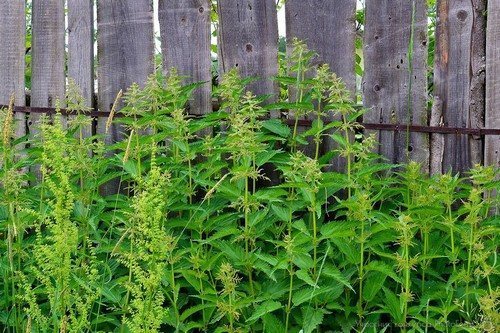
Another way is to cover the desired area of land with black lutrasil, preferably in two layers